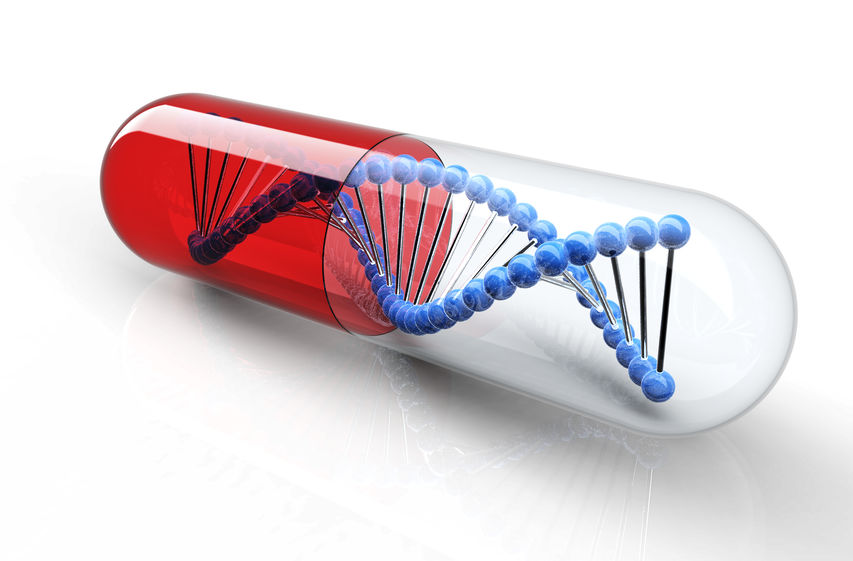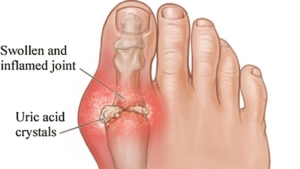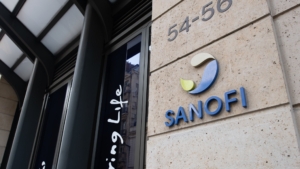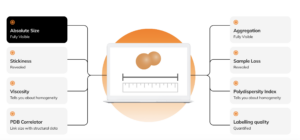
EMA recommends bluebird’s ?-thalassemia gene therapy
The European Medicines Agency has granted conditional approval for bluebird bio NV's gene therapy Zynteglo (LentiGlobin BB305) to treat the rare disease transfusion-dependent ?-thalassemia at its first meeting in Amsterdam.
Patients suffering from beta-thalassaemia cannot produce enough beta-globin, a key component of haemoglobin, the protein that carries the oxygen in the blood from the lungs to the rest of the body. As a consequence, they have far fewer red blood cells than normal and suffer from chronic severe anaemia. These patients often require lifelong two- or fourweekly blood transfusions for their anaemia. Chronic transfusions can cause iron overload, hence patients need to take iron chelating therapy to remove excess iron. So far, the only curative treatment option is stem cell transplantation from a healthy donor
The Committee limited the drug’s target group to patients aged 12 years and older who do not have a ?-0/?-0 genotype, and for whom a matched hematopoietic stem cell transplant (HSCT) is not available. Bluebird engineers CD34-positive HSCs ex vivo to express the lacking ?A-T87Q-globin gene.
The EMAs recommendation is based on data from the Phase 1/2 HGB-205 study and the completed Phase 1/2 Northstar (HGB-204) study, which enroled 20 patients as well as available data from the ongoing Phase III Northstar-2 (HGB-207) and Northstar-3 (HGB-212) single arm studies, which will enrol 38 patients, and the long-term follow-up study LTF-303, which enrols patients on invitation.
As of September 14, 2018, data from Phase I/II Northstar showed that 80% (n=8/10) of patients who do not have a ?0/?0 genotype achieved transfusion independence, meaning they had not received a transfusion for at least 12 months and maintained hemoglobin ?9 g/dL. These eight patients had maintained transfusion independence for a median duration of 38 months (21 – 44 months) at the time of data cut off.
In the Phase III Northstar-2 and Northstar-3 studies, a modified manufacturing process was used to produce Zynteglo. As of September 14, 2018, the median total hemoglobin for patients six months after Zynteglo infusion in the Northstar-2 study (n=10) was 11.9 (min 8.4, max 13.3) g/dL.
The agency said, benefits with Zynteglo are its ability to enable ?A?T87Q-globin expression which is designed to correct the ?/?-globin imbalance in erythroid cells of patients with TDT and has the potential to increase total haemoglobin to normal levels and eliminate dependence on chronic red blood cell transfusions. The most common side effects are thrombocytopenia, abdominal pain, non-cardiac chest pain, pain in the extremities, dyspnoea and hot flush.


 John Kiel - wikipedia
John Kiel - wikipedia Sanofi
Sanofi FIDA Biosystems ApS
FIDA Biosystems ApS